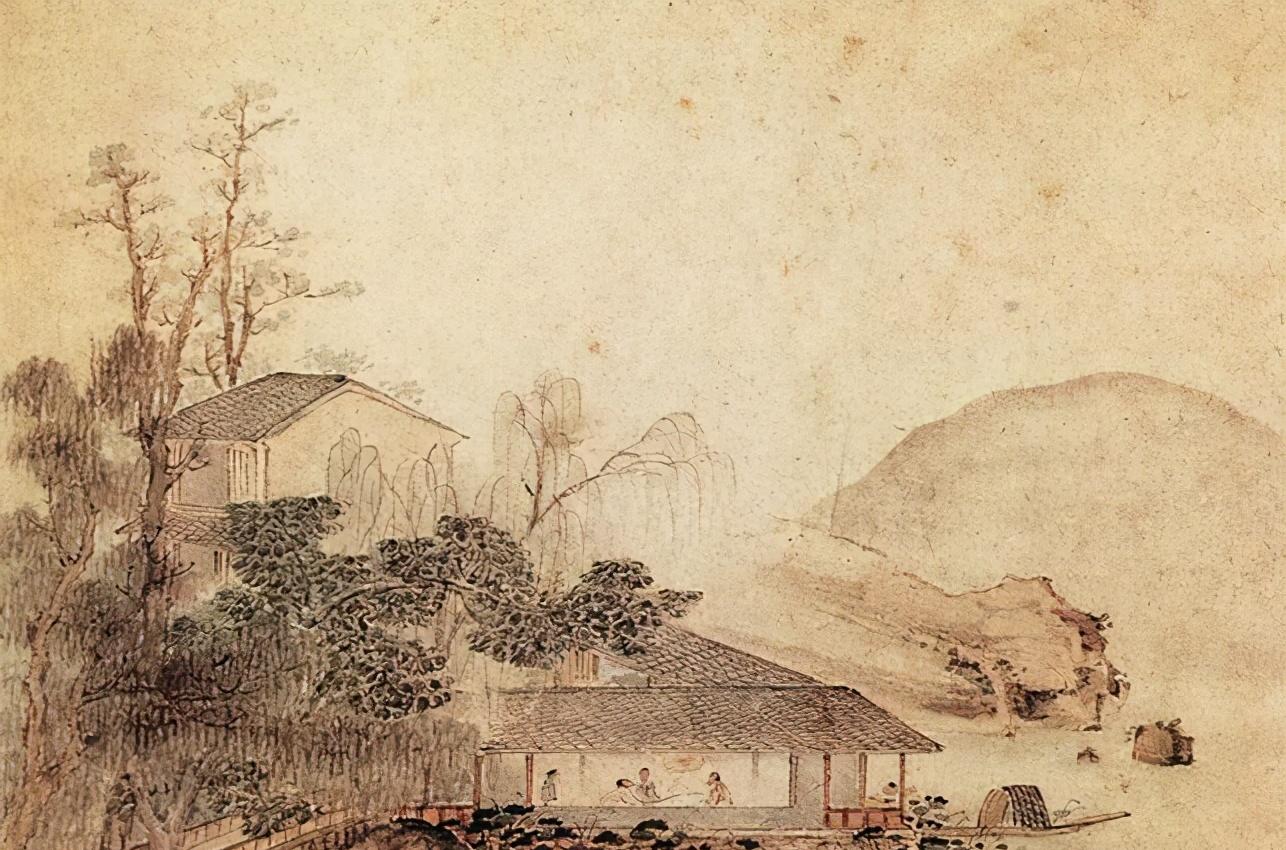Wen | Zhenjiang
Among the twenty-four histories, the first four histories have a relatively high level of historical governance, and they all have corresponding famous notes, while the subsequent revisions of various histories have uneven levels, and there is no corresponding famous notes. At the time of the Ming and Qing dynasties, the trend of examination was prevalent, and in this context, famous historians of examination and research emerged one after another, and famous works emerged. Among them, the most representative are Wang Mingsheng, Qian Daxin, and Zhao Yi, who are known as Qianjia's "Three Great Masters of Examination History", and their respective works "Seventeen History Merchants", "Twenty-two Shi Kao Yi" and "Twenty-two Shi Notes" are known as Qian Jia's "three famous works of history".
Wang Mingsheng (1722-1797), also known as Fengxue,No. Auditorium, also known as Xizhuang, was renamed Xizhuang in his later years. He was "young and wise, four or five years old who could read hundreds of words a day, and the county ordered Feng Yong to look at him as a child prodigy." Seventeen years, make up for all beings". Houguan to the Bachelor of Attendants, Cabinet Bachelors and Ceremonial Attendants, and Secretary of the Guanglu Temple. He was profoundly knowledgeable in the study of scriptures, phonological commentaries, golden stones, and catalogues. He had a deep friendship with the sutra master Hui Dong in the first half of his life; in the second half of his life, the Seventeen Histories of Discussion is the most influential masterpiece of the Wang family. The so-called "Seventeen Histories" refers to the 15 main histories from the "History of History" to the "Book of Sui", plus the "New Book of Tang" and the "New History of the Five Dynasties", a total of 17 historical books, which is the name set when the Song Dynasty collected these history books, but Wang Mingsheng's book also discusses the citation of the Old Book of Tang and the History of the Old Five Dynasties, and discusses a total of 19 historical books. "Shangyu" is to "change the text of these history books, supplement the text, remove the text, and cite the canonical deeds, interpret the stasis, and review and refute" ("Seventeen Historical Discussion Orders"). It can be seen that the content of the whole book is mainly to conduct a textual survey of the Seventeen Histories to correct their falsehoods, and to examine and interpret the canonical system in them.

Wang Mingsheng wrote this book from the time of Qianlong's resignation in the twenty-eighth year (1763) to the publication of the whole book in the fifty-second year of Qianlong (1787), a total of 24 years. According to himself, during these 24 years, he "did not do anything but examine history." The process of writing is roughly to read one history book after another, to use other related books to survey each other, or to use the differences before and after this book to conduct the school. For the results of the survey, write in small print on the top and bottom of the book and in the blank space between the lines. Then it is recorded on a blank piece of paper, and then supplemented and discussed, and it becomes a manuscript. Each examination of the Seventeen Histories of the Seventeen Histories has a topic, and the number of words in each article is slightly different, some small problems are solved in just one or two sentences, and some are long papers, which is equivalent to a small paper. The scope of his collations includes textual errors, historical errors, omissions in records, vague sentences, and authenticity of editions, with a particular focus on the examination of text proofreading and the interpretation of the canonical system. The book uses 98 volumes to discuss 19 historical books, with a total of more than 2,000 entries. After the completion of the first draft, Wang Mingsheng also "showed the cold lamp, pointed to the flawed people, and added points to the channeling, until the draft was decided repeatedly." In the Ming and Qing dynasties, there were fewer people reading history books, and among the histories such as the first four histories and the "New History of the Five Dynasties", there were still more people reading them, and fewer people read the rest of the histories. There are many people who take the first four histories, and even fewer people who take the examination for the history books of later generations. Wang Mingsheng read the Seventeen Histories and examined the Seventeen Histories, which was rare at that time. However, the weight of the various histories is very different, the Book of Han, the old and new Book of Tang have a total of forty-six volumes, accounting for almost half of the whole book, while the history of the Southern Dynasty is only twelve volumes, and the history of the Northern Dynasty is only four volumes.
The Seventeen Histories of Discussion are more elaborate and detailed in their examination of the geography, bureaucracy, and canonical systems in each history, and often have novel theories that seemed novel at the time. For example, when commenting on the history books, the "Book of Wei", which everyone regards as a "dirty history", believes that it is not necessarily under the history of the Southern and Northern Dynasties; when evaluating historical figures, Wang Mingsheng is also different from the old historians, for example, Wang Shuwen, the leader of the "Yongzhen Reform" who is accused of being a "villain" in the new and old Tang Dynasty, is described as "loyal to the country"; and Wang Dao, the chancellor of the Eastern Jin Dynasty, who is praised as a dynasty and a public in the "Book of Jin", is said to be "seemingly a glorious minister, but in fact there is nothing, there is only a door valve, and the descendants are only ranked", and his views have had a profound impact on the historical research of later generations.